Fudd Friday: Remington's Model 8 And Model 81 Were Weird And Wonderful

Until the great AR-ification of American gun culture, semi-autos had an iffy reputation among hunters. The Browning BAR was well-respected, but also expensive. The semi-auto centerfire rifles that most hunters could afford came with one or two knocks against them: They were either unreliable or not particularly accurate. But wayyyy back, in the first half of the 20th century, there was one series that had a pretty good reputation amongst anyone fortunate enough to afford one. The Remington Model 8 and subsequent Model 81 were generally considered to be excellent hunting arms, at least by the standards of their day.
Remington hunting firearms @ TFB:
A mechanical masterpiece
The Model 8 was designed by John Browning around the turn of the century; he was granted his patent for the design in late 1900. Looking at the design of the action, you see a long recoil semi-auto layout with two springs that encircle the barrel. That spring is itself held in place by an outer steel jacket, giving the rifle an oddball bull-barrel look.
Like the Auto 5 shotgun, which was closely related to the Model 8 design, the bolt had a rotating head and sat in an extension of the barrel and…
You know what—you should watch the C&Rsenal video below to see it graphically demonstrated, instead of me trying to describe it in words. It is an incredibly odd design, and even the Auto 5 is different enough that the best way to understand it is to see it all demonstrated.
Looking at that video, you might think, “That’s a lot of steel parts—must have been heavy.” And it was; the dense hardwood stocks were pretty heavy, too. To make it worse, the magazine forward of the trigger guard, right where the rifle should have balanced for a one-handed carry, made it an awkward gun to tote around the woods. But if you wanted to let loose with a high-powered semi-auto rifle, this was indeed the kingpin of its day.
I never owned a Model 8, but I did have a Model 81 for a while, which was basically the same thing, and it was a very fun rifle to shoot—but it was the weirdest-feeling gun I ever shot, whenever I could find cartridges (more on that later). Blasting away, you felt like you were shooting the world’s deadliest pogo stick. It had recoil like no other gun I’ve shot.
The original Model 8 came with a straight-grip stock, just like an old lever gun, and a non-detachable five-round box mag that you loaded with stripper clips (remember, we said this was a weird gun). It was chambered in .25 Remington, .30 Remington, .32 Remington and .35 Remington originally. All these cartridges were rimless, with .30 Remington being intended to go head-to-head with .30-30 Winchester, and the .32 Remington probably intended to duel with the .32 Special. The .25 Remington was more of a varmint load, and the .35 Remington was the heavy-hitter of its day, with heavier bullets intended to penetrate big game… or other hard targets. In later years of production, lawmen and bandits liked it for its ability to punch through a car door.
Along with the Remington production, John Browning’s design also was built in Europe as the FN Model 1900. These were nowhere near as popular, and they’re pretty hard to find today.
Not so with the Model 8, or Model 81 that followed. The Model 8 was built 1905-1936, and the Model 81 was built 1936-1950. Between all the variants, including nearly 5,000 FN rifles, about 110,000 Model 8 rifles and 55,500 Model 81 rifles were made.
The biggest upgrades with the Model 81 were the pistol grip stock, to better handle recoil, and the option of shooting .300 Savage. This was the short magnum of its day, designed to replicate .30-06 performance in a short-action cartridge. The rifle I had was in .300 Savage, and it was indeed a heavy hitter, but ammunition was very hard to find in my rural area, and cost me $2 or $3 a shot when I could find it. For that reason alone, I didn’t keep the rifle as long as I had hoped originally.
Anyone with a Remington semi-auto in the .25-, .30- or .32-caliber variants will find factory ammo unobtanium, and the .35 Remington loads will be about as expensive as the .300 Savage, and similarly rare in many gun stores. Buyer beware! But if you can work around that problem, these are very useful hunting guns, even today, for woods ranges, as long as you get one that shoots straight (which they had a reputation for, back in the day; even Elmer Keith, perennial poo-pooer of smaller rifles, thought they were OK).
And they come with some other non-fudd history behind them as well.
Because they were fast-shooting, hard-hitting guns, good guys and bad guys of the 1920s and 1930s liked these rifles. Legendary Texas Ranger Frank Hamer had Model 8 rifles in .25 Remington and .30 Remington, and supposedly used one with a special-order aftermarket 20-round mag when he ended Bonnie and Clyde’s interstate murder-and-mayhem spree.
This kind of modification was common on these rifles. Mine had carried an early Stith scope mount at one point, and when I bought it, it came with a Lyman peep sight and a detachable Krieger magazine that was an aftermarket add-on, probably worth more than the rifle itself.
Whoever owned my rifle before me had set it up nicely for serious deer-and-bear hunting. You can see it in action in the video below; sorry about the potato quality footage, but it was shot a long time ago before we all had proper cameras in our pockets.
That rifle is long-gone from my collection now, just as the Model 81 is long-gone from the Remington lineup, replaced by the atrocious Model 740 gas-operated semi-auto. The Model 740 was cheaper to build, cheaper to buy, and could handle long-action cartridges. I suppose that might sound like progress, but for more than 60 years of production, the gas-operated Remington semi-autos were plagued with a reputation, rightly or wrongly, of being unreliable junk. If you can find an earlier recoil-operated Remington semi-auto in good operating condition, and you can afford to feed it, you will find the opposite to be true—and unlike me, maybe you should hang on to it.

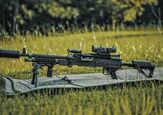
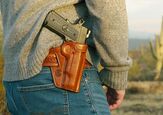
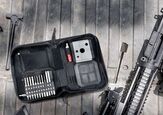








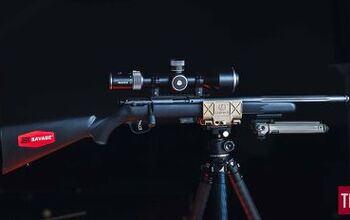

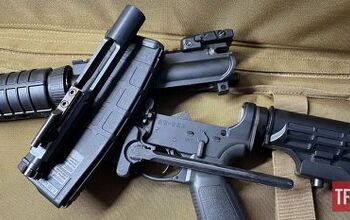
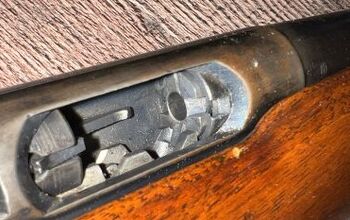
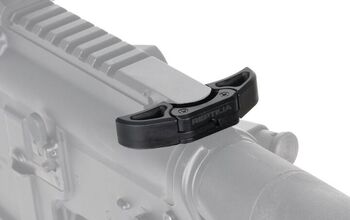

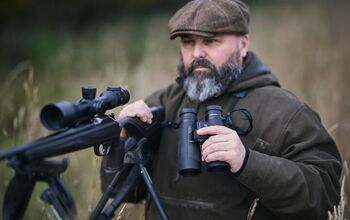







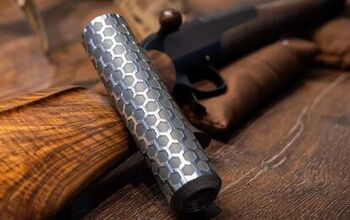
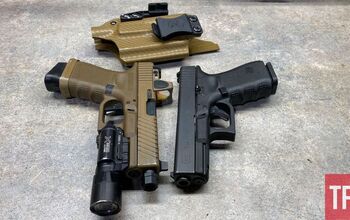
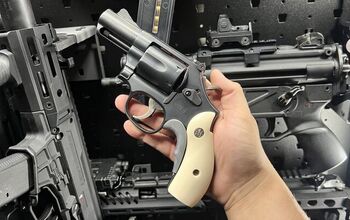

Comments
Join the conversation
My Model 81, in .300 Savage, doesn't fit into my collection at all. But it's like a sweet, obedient, homely dog that I just won't get rid of. The rifle gets fired out back every now and then after splurging for some ammo from the local gun shows. Despite the heft and all those springs, shooting it is somewhat of a 'violent' process. There's no apparent smoothness and a lot of noise to it all but it sure is fun.
A friend has a Model 8 he inherited from his grandfather,, and it's his absolute favorite deer rifle. Steve says when he takes it afield, he KNOWS that grandpa is hunting with him ! He has several newer, "better" rifles for other hunting, but for deer, he uses the Model 8 always. 20 years of "hunting with grandpa" and he has not failed to take a deer. That rifle is why he wanted to learn to reload, as .32 Rem is like finding unicorn droppings ! Lee makes dies & it reloads just fine. Like any reloading, care IS required, but it's worth it to keep an old rifle alive !
I've shot it, and with my crappy eyesight, it will hold "minute of whitetail" at 100 yds. (seriously, about 4") all day long. Isn't that what accuracy REALLY is all about ?
It's not a varmint rifle, nor was it even intended to be.